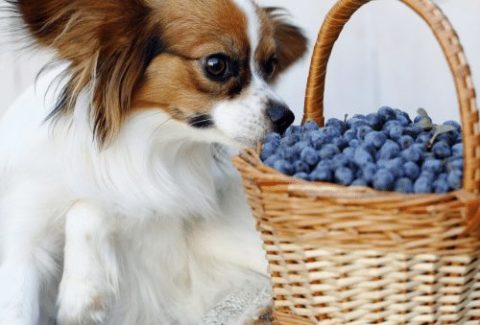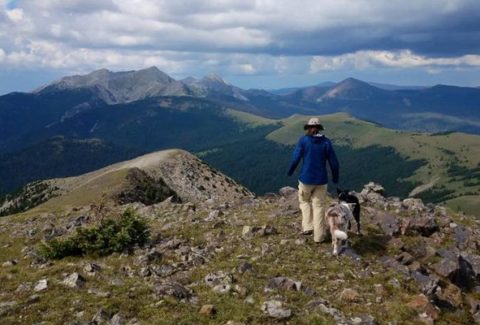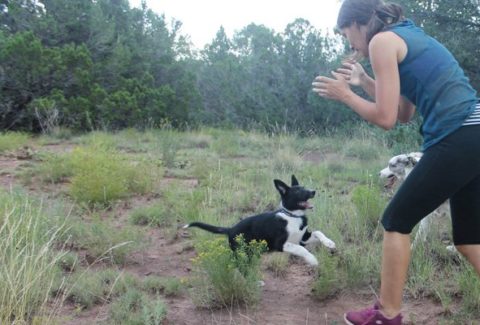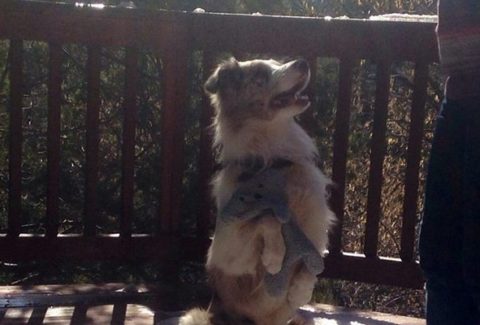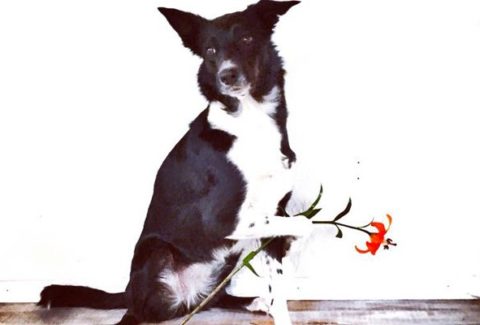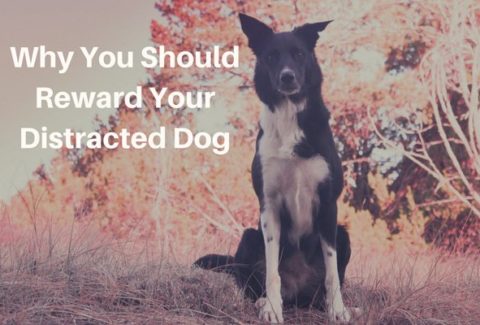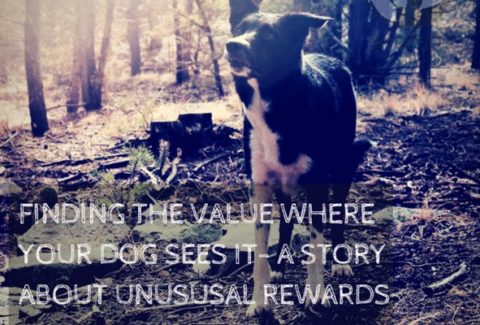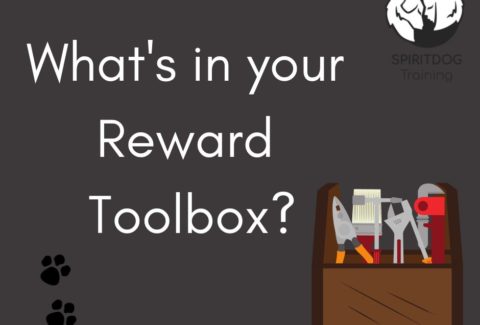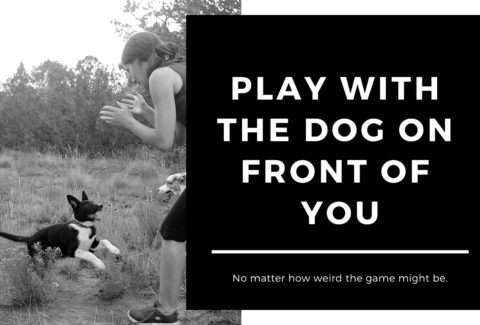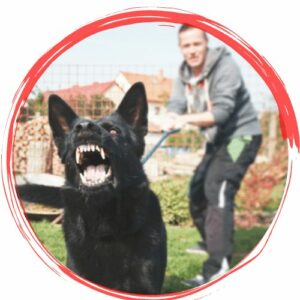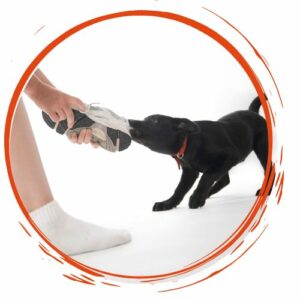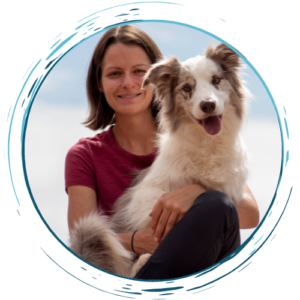Stop Buying Dog Treats
May 11, 2021 2021-05-26 0:23Stop Buying Dog Treats
Stop Buying Dog Treats
My clients are a lot more committed to dog training than I am. When I first meet new owners, they have – without a fail – willingly accepted that dog training will require purchasing training treats for as long as your dog learns.
Many people begin coming into my classes with a brand-new bag of high-end treats every week, the dog finishes that bag of treats and needs a new one for the next class – or even sometimes during our one hour lesson, if the owners keep a high reward frequency. They will dash out to buy yet another bag of costly treats and return with it to our training.
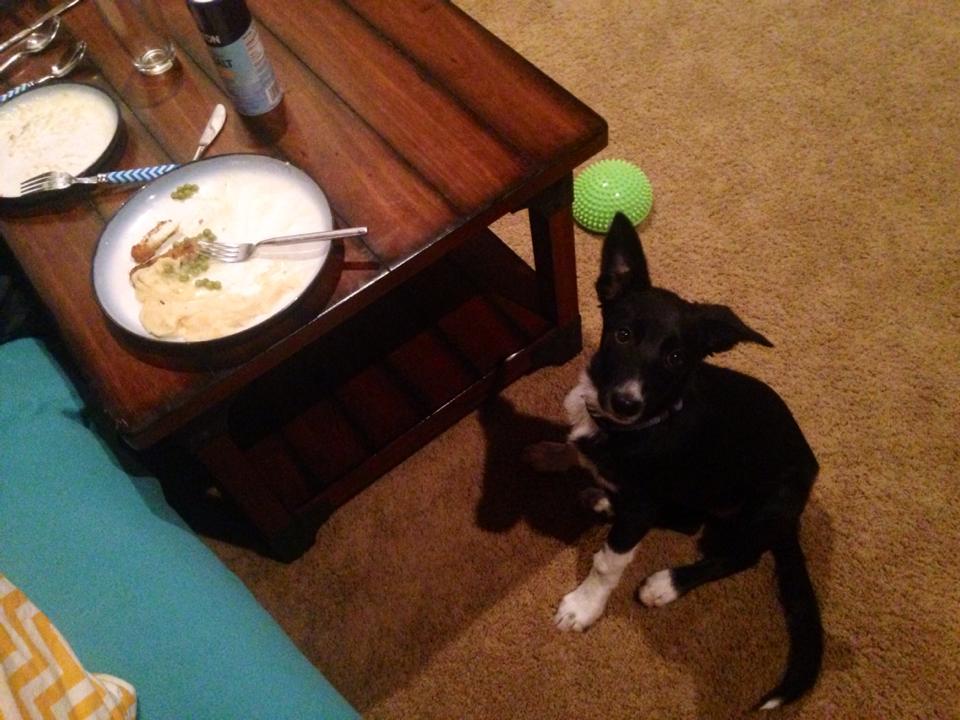
If dog training truly required these constant purchases, I would have quit a long time ago.
Fortunately, it is not necessary to buy treats – pretty much ever.
In fact, since I train with a very high rate of reinforcement, I have had the occasional client tell me that their dog responded to the amount of store-bought treats with stomach upset or diarrhea.
Dog treat companies don’t make treats that are developed for fast-paced, high-reward training session.
They make treats that are way too large.
They often make treats that are way too hard/crumbly.
They basically make the kind of treats that you can give your dog once a day as a special occasion, like a piece of candy for a child.
For the type of training that I do however, I find them quite them unsuitable.
Here are some suggestions on what to do instead:
1. Train with your dog’s daily food.
Your dog has to eat whether you’re training him or not. If you feed your dog kibble (dry dog food), you have a perfect and cheap treat right there! He may not be thrilled about it as first – instead of giving up, play food games in order to increase the value the kibble has to him. Attach the rush he gets from chasing pieces of food to the kibble – its value will sky-rocket and your dog will soon like it as much as the most delicious freeze-dried liver.
You can also store it in a plastic bag together with some slices of pepperoni to infuse it with their aroma and make it more enticing.
I train my own dogs with kibble 100% of the time, and if you can reach a point where your dog will enthusiastically work for his dry food, you are set for life.
This definitely should be the eventual goal, as it is the easiest and most straight-forward solution to the treat issue.
2. Train with hotdogs.
Buy a package of hotdogs and cut them into small pieces. By that I mean really small. If you first cut a hotdog into four parts lengthwise, then chop it up, you should easily get 100 pieces out of one. Pop it in the oven for 30min at 350F – this will get rid of any greasy residue and make them more enjoyable to handle.
3. Train with cheese.
Use whatever leftover pieces of cheese you have. Again, cut them into the tiniest pieces – smaller than the side of your pinkie fingernail. Your dog doesn’t have a sense of treat size – to him, only the total number of rewards matter.
You can train a lot more successful with 50 tiny pieces than with 10 large ones.
4. Bake some stinky cookies.
If you need a really high-value food reward, try making your own: use flour, eggs and some type of meat or fish (liver, canned tuna etc.) to make a soft, sticky dough, then bake it just long enough that the treat is soft and chewy when it comes out of the oven.
Again, make them very small – your dog won’t mind tiny treats, as long as you’re rewarding him frequently.
Here are some SpiritDog approved treat recipes!
5. Of course – train with non-food rewards.
Eventually, we don’t want to carry food everywhere we go. It is convenient to introduce non-food rewards as early as possible to your dog.
Teach your dog to enjoy a good game of tug or chase a thrown toy. Teach him some happy tricks – such as jumping up in the air or spinning or barking, that you can use to reward him when you have neither toys nor treats with you.
Most importantly, teach him that access to environmental rewards comes through you – he enjoys to run with his canine friends? A wonderful rewards right there! He likes going for walks? Have him practice a sit stay before you open the door to go. He likes to extensively sniff every bush along the road? Put the sniffing on cue and use it after he has shown you a behavior you like.
More on non-food rewards:
What’s in your Reward Toolbox?
A World of Rewards
Finding the Value Where your Dog Sees It
To sum up:
- Do not worry about buying dog treats. Use the $5 to get yourself a nice cup of coffee before your training class instead.
- Train with tiny treats. If you think they’re small already, cut them in half again.
- Introduce non-food rewards as early and extensively as possible into your training – that way you never have to rely on bringing along food again.
Happy training!

